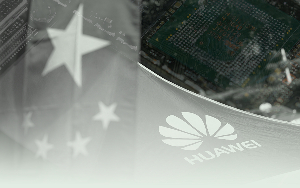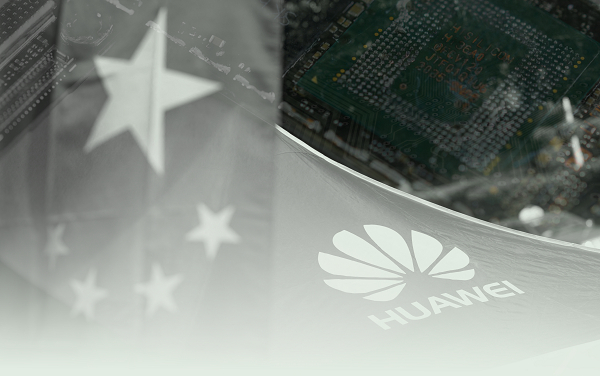 Industry insiders suggest the company aims to create a full-stack chip supply chain
Industry insiders suggest the company aims to create a full-stack chip supply chain
GhanaWeb Feature by Mawuli Ahorlumegah
In a move that could redefine the global tech supply chain, Chinese telecoms giant Huawei is quietly building a state-of-the-art semiconductor production line, an ambitious step designed to reduce the country’s reliance on foreign technology and counter intensifying Western export controls.
According to a recent Financial Times report, the Shenzhen-based company is rapidly assembling infrastructure and talent to produce advanced chips domestically.
This bold initiative signals China’s escalating effort to insulate itself from geopolitical vulnerabilities in the wake of increasing U.S.-led restrictions targeting its access to cutting-edge semiconductors and manufacturing equipment.
Huawei’s project is being developed in partnership with local governments and state-affiliated entities, underscoring how central the semiconductor battle has become to China’s broader national strategy.
Industry insiders suggest the company aims to create a full-stack chip supply chain, from design to fabrication, bypassing Western firms and minimizing exposure to foreign sanctions.
“Breaking the foreign chokehold on core tech is no longer an option, it’s a necessity. Huawei’s chip initiative isn’t just about survival; it’s about establishing a new global tech order,” a Chinese industry analyst familiar with the matter told FT.
Huawei, once at the forefront of global 5G networks, was placed on a U.S. trade blacklist in 2019, which cut it off from key suppliers like Qualcomm and TSMC. The move crippled its smartphone business and halted progress on advanced chip designs. Yet the company has since staged a quiet resurgence, launching its Mate 60 Pro smartphone in 2023 with a domestically made 7nm processor, an engineering feat many believed was years away.
The new production line aims to take that progress even further. While it remains unclear how soon Huawei can achieve full independence from Western chipmaking tools, many of which are monopolised by firms in the U.S., Netherlands, and Japan, its direction is clear: technological sovereignty.
The initiative dovetails with Beijing’s broader push under the “Made in China 2025” policy, which aims to make the country a dominant force in high-tech sectors including semiconductors, AI, and robotics. State funding, regulatory support, and an emerging ecosystem of chip startups are reinforcing these ambitions.
Still, experts caution that technological independence in semiconductors is an uphill battle. China lags in key areas such as extreme ultraviolet (EUV) lithography and high-end fabrication tools, which are critical for producing chips under 5nm.
While Huawei’s initiative is laudable, it may take years and billions in R&D, to match the capabilities of industry giants like TSMC and Intel.
Nevertheless, the company’s resilience is earning it a second wind domestically.
Analysts say Huawei’s new chip line, if successful, could become a national symbol of defiance and ingenuity in the face of Western pressure.
“The world should not underestimate China’s resolve. This is no longer just about Huawei. It’s about rewriting the rules of the global tech game,” another semiconductor expert said.
As geopolitical tensions continue to reshape global trade and technology networks, Huawei’s chip gambit may mark a new era, not just for China, but for the entire semiconductor industry.
Watch the latest edition of BizTech below:
Click here to follow the GhanaWeb Business WhatsApp channel
